It’s a big day for iRobot. The brand behind what used to be the best robot vacuums in the business has scrapped almost its entire fleet of Roombas and replaced it with five brand new bots. The new lineup introduces some fairly major upgrades that should hopefully once again make iRobot the formidable player it once was in the robot vacuum world.
Here’s a rundown of the features I’m most excited about in the new Roomba range, plus a couple of developments I’m less sold on.
#1. LiDAR (at last!)
It’s taken iRobot far too long to get on board with LiDAR, but better late than never. LiDAR is basically the industry standard form of robot vacuum navigation, and generally agreed to be far better than the older SLAM method found in iRobot’s old bots. Its introduction means the new Roombas should offer faster, more reliable navigation and mapping. There are more practical benefits too – it means the robot can navigate in the dark, for instance, rather than requiring a light source. (Head to our LiDAR vs VSLAM article for more on how the two technologies compare.)
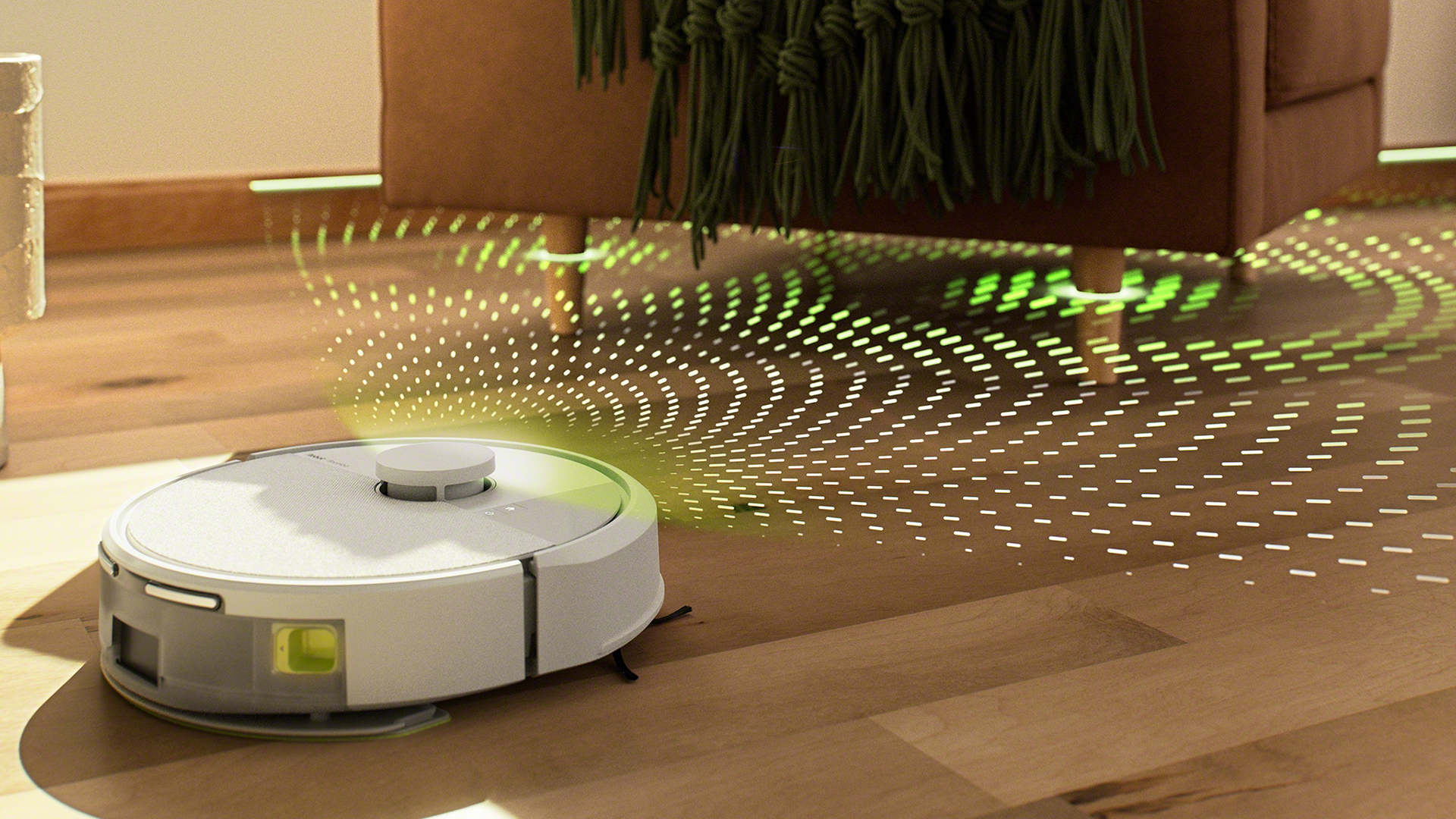
#2. Improved mop pads
In line with the upgraded aesthetic, none of the new combination robots feature the retracting mop pad that until now had been iRobot’s calling card. In its place on the ‘Plus’ models (the 405 and 505) are two rotating disc-shaped pads – the approach favored by much of the market now, and the one that has generally proven more efficient at cleaning in our reviews.
One can even kick out to one side to offer more efficient edge mopping – a feature included in some premium competitor models. The mop pads can lift up to 1cm to traverse over rugs or carpet, and the retracting static pad is still present on the Combo 10 Max for those who are still concerned about damp carpets.
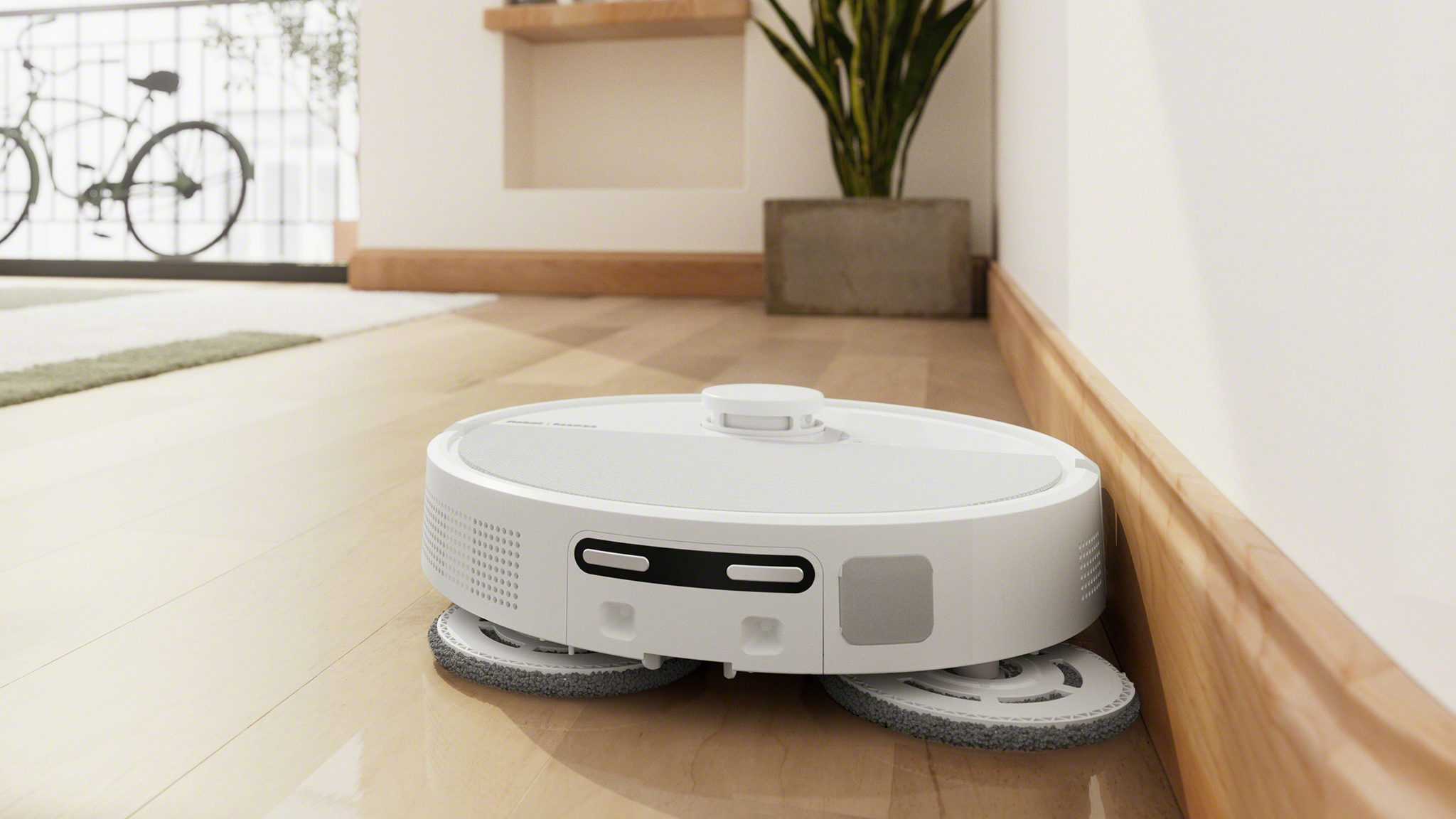
Note that this improved mopping setup isn’t present on the basic Roombas (the 105 and 205), which simply have a static, D-shaped mop pad. They do, however, come with automatic carpet detection, which means they shouldn’t try and mop your rugs.
#3. A distinctive, friendly new look
It’s less of an essential, I guess, but I’m also a big fan of how the new lineup looks. Robot vacuums in general are quite generic looking these days, and iRobot has recognized that perhaps shiny black or white plastic isn’t everyone’s aesthetic of choice. The new bots have a design the brand has dubbed ‘GRID’ – Geometric, Rational, Iconic and Dynamic.
That might be overselling it a bit, but I do think the mix of matte and shiny finishes looks friendlier and more likely to fit in with softer home decor than your average bot. I also appreciate that iRobot has gone out of its way to create a look that’s distinctive to the brand – in that way, it’s a step ahead of the competition.
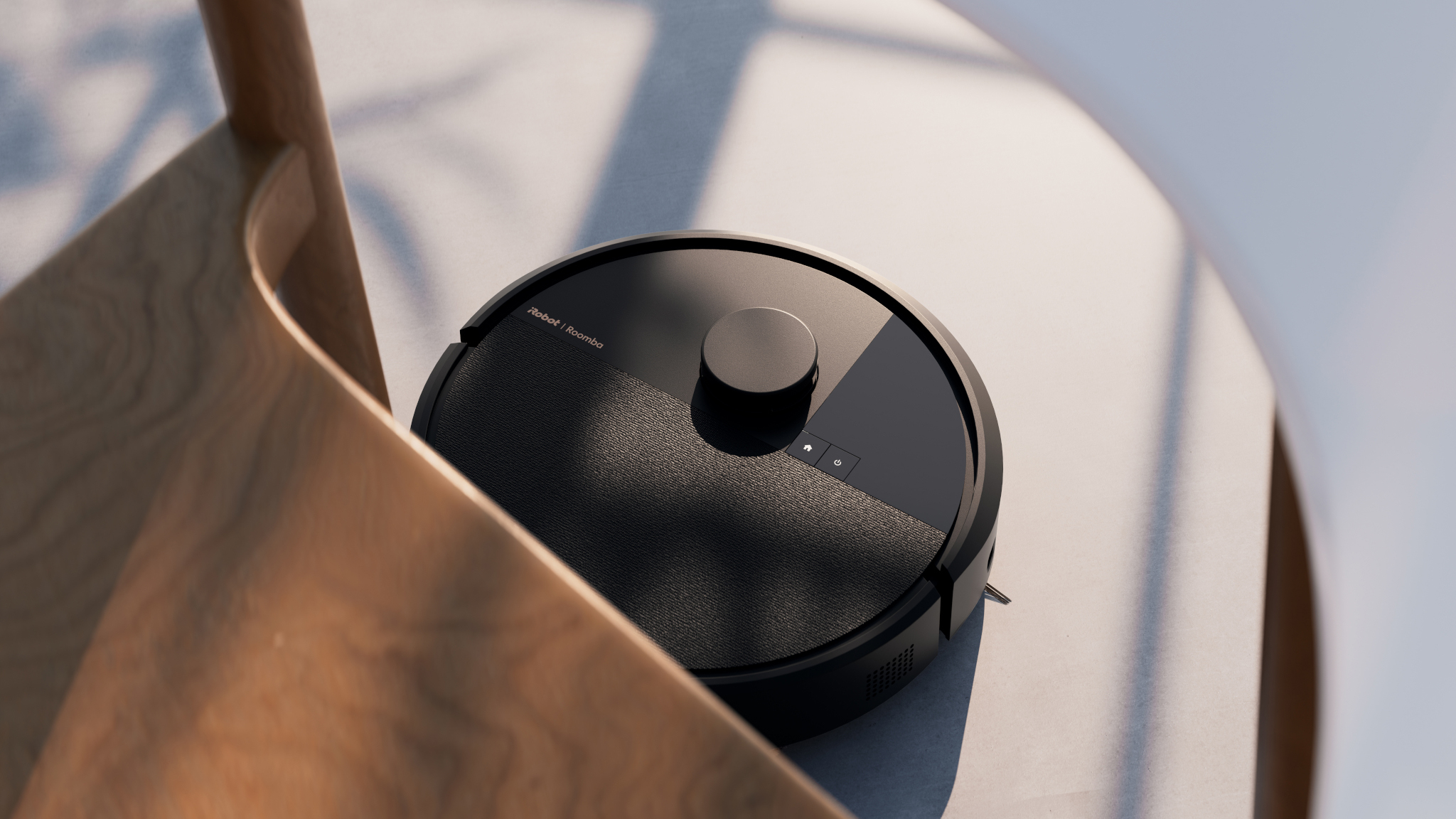
#4. Better dust management
For some people, ‘dust management’ might not seem especially exciting. Well, I write about vacuum cleaners as a big chunk of my job, and I suffer from a dust allergy, so I guess I’m more invested than most. There are a couple of interesting developments here.
The first is that the dust bag in the auto-empty dock can automatically seal itself when it’s full – great news for allergy sufferers, because there’s now basically zero opportunity for the allergens to sneak their way back out into the air once they’ve been sucked up.
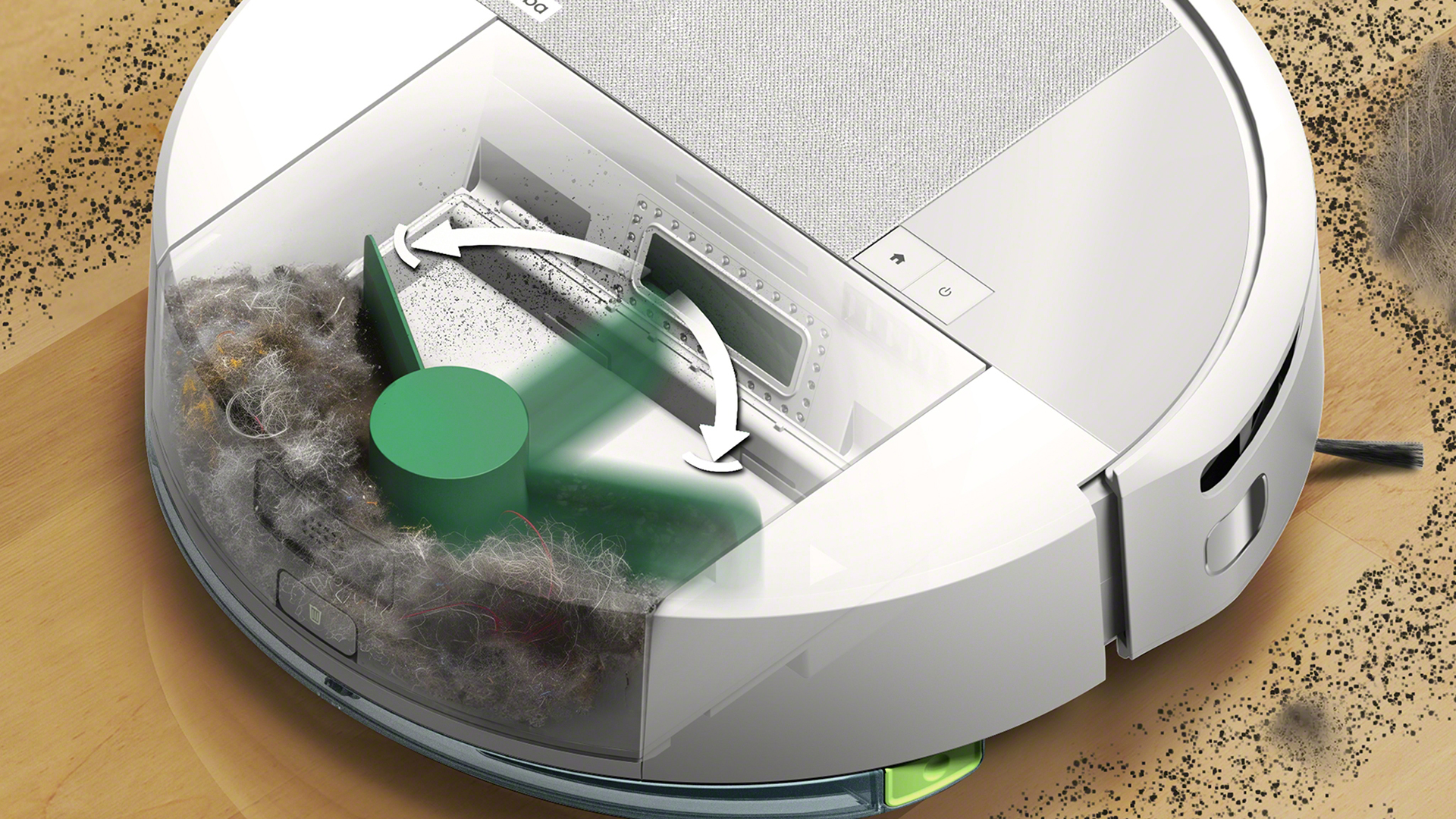
The second is that one of the bots – the Roomba 205 DustCompactor Combo – is designed to compress the dust in its onboard bin. That means it can hold far more debris than usual, without the need for a bulky dock. For people with small homes and no space for a massive auto-empty dock, it looks very interesting indeed.
#5. A new app
I didn’t have huge complaints about iRobot’s original app, but the brand has rebooted it to go with its shiny new bots, and the new-and-improved one looks even better.
You can set custom cleaning routines, get estimates for how long the current task will take to clean, and access insights into the rooms that need most attention. Because we’ve now got LiDAR, it’s also possible to watch your bot as it goes about its cleaning routine, rather than having to guess where it is and what it’s up to.
#6. Suction specs
This one is small, but significant for the customer experience: iRobot will hopefully once again share the maximum suction power of each model, in Pascals. This is something the brand stopped doing a while ago, claiming it’s not the be-all-and-end-all, and that things like the roller design play a huge part in how well a robot cleans.
While they’re not wrong there, it’s still a very useful guide to how sucky a bot might be, and without suction specs it was difficult to make sense of the Roomba range, and even trickier to place its models within the wider market.

I say ‘hopefully’, because while this was part of my initial briefing, the marketing materials I’ve received since don’t have suction specs. Instead, they say things like “70X more suction” (that’s compared to the Roomba 600 series, which launched over a decade ago). Sigh.
Based on my initial notes, the new models have 7,000Pa of suction. That’s not quite up there with the competition, but still a decent amount for the prices iRobot is charging. Combined with an efficient design (we’ve always been fans of iRobot’s dual rollers), may well be plenty to provide a good maintenance clean for the average household.
#7. Names that make sense
Another overdue upgrade, in terms of customer-friendliness, is that iRobot has rethought its naming conventions. The new fleet is separated into Roomba, Roomba Plus, and Roomba Max models, following a good > better > best setup so you might actually have an idea how the lineup compares.
There might be some confusion with those who remember that in the old system, ‘Plus’ meant there was an auto-empty dock, whereas here it does not mean that. Overall, though, I far prefer this to the mess of j-something, i-somethings – hold on, is that an i or a j anyway? – that preceded it.
2 innovations I’m worried about…
#1. Bots with no raised puck
The LiDAR here is called ‘ClearView’ and appears across all models. Interestingly, iRobot has removed the raised puck on the 205 DustCompactor Combo, to give a more streamlined design. This model uses the same LiDAR technology, but it’s shifted into the front of the robot. The issue is, the puck is there for a purpose; to enable the bot to ‘see’ all around, and navigate accurately. Shifting the LiDAR tech into the front of the robovac means a far narrower field of view.
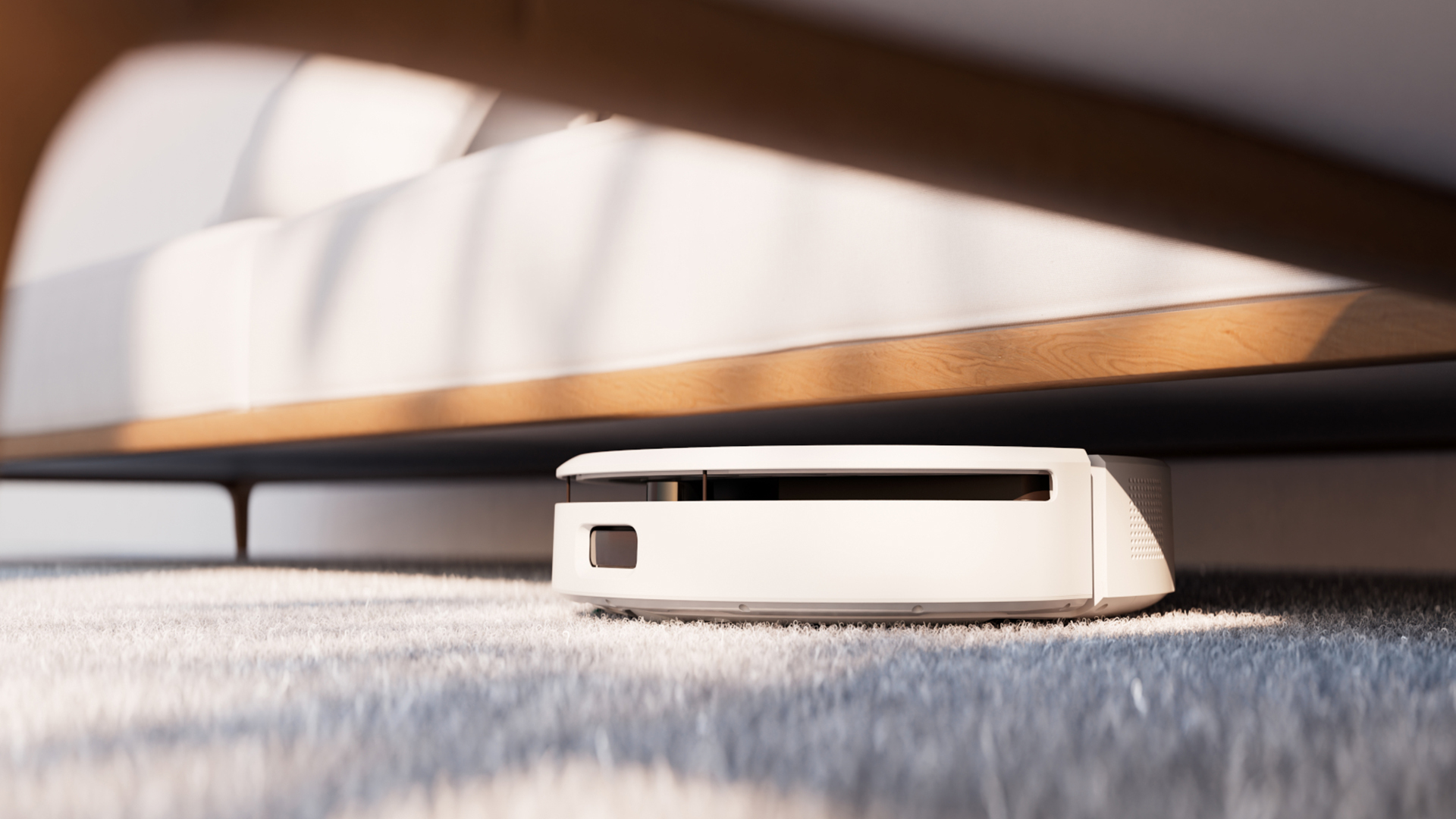
Other brands are also experimenting with removing the puck, but all those I’ve come across have introduced new technology to compensate for that more limited field of view. For instance, the Dreame X50 Ultra Complete and Roborock Saros 10 (reviews incoming) have a puck that can retract into the body of the robot when it approaches an area of limited height, but will pop back up when space allows.
The Roborock Qrevo Slim and Saros 10R do away with a puck entirely, but for this the brand has engineered a whole new navigation method entirely, called StarSight, to ensure navigation isn’t compromised. I’m no engineer, but surely they wouldn’t be going to all that trouble if you could just chop the puck off with no impact.
The iRobot spokesperson I chatted with assured me there would be no compromise in navigation accuracy – they told me they were testing two bots, one with the puck and one without, and they were both behaving the same way. I’ll be really interested to test this out and see for myself.
#2. The continued presence of the Combo 10 Max
My other slight misgiving is that the current ‘Max’ segment consists only of the Combo 10 Max. It only launched in July 2024, so perhaps iRobot felt it was too soon to scrap it. However, as what should be the shining star of the Roomba fleet, it’s underwhelming.
It was generally not well received – we awarded it a less-than-ideal 3 stars in our Roomba Combo 10 Max review, with our tester complaining of painfully slow mapping (no LiDAR here) and sub-standard mop cleaning. Both of these aspects have been improved on in the new Plus models, which look far more promising to me.













Leave a comment